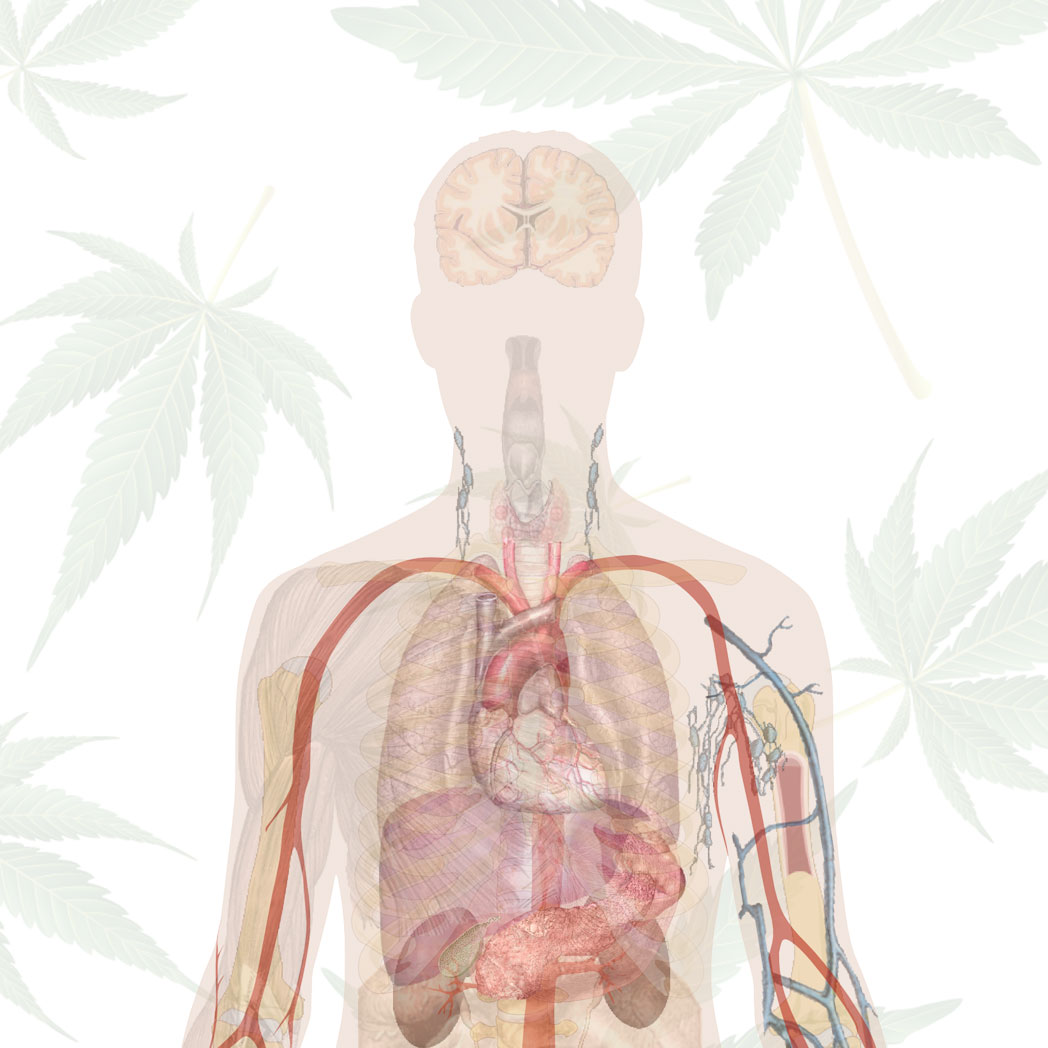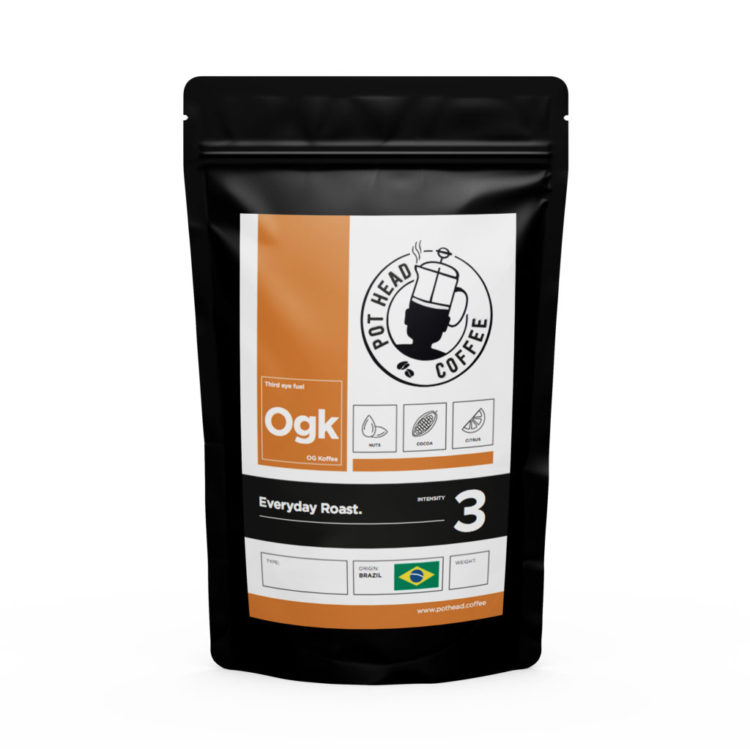
You have probably not heard of the endocannabinoid system, unless you are well read on cannabis and its effect on the human body.
Well, in addition to the well-known systems in your body, such as the endocrine or lymphatic system, you also have something called the endocannabinoid system. In fact, all vertebrate species have one. What then does it do?
What does the endocannabinoid system do?
The endocannabinoid system (ECS) can be found throughout the human body, including the nervous system and brain. It is crucial for various homeostatic functions, as well as physiological and cognitive processes. Examples include, but are not limited too, pain-sensation, sexual health, and of course, mediating the effects of cannabis.
“…cannabis wouldn’t get us high or have some of its therapeutic benefits if our bodies didn’t already contain a biological system capable of interacting with its active chemical compounds…” Leafly.
How does it work?
The ECS is made up of three components:
- Cannabinoid receptors: found on the surface of cells.
- Endocannabinoids: small molecules that activate cannabinoid receptors.
- Metabolic enzymes: that break down endocannabinoids after they are used.
1. Cannabinoid receptors
The two dominant receptors that we know about today are CB1 and CB2.
CB1 receptors, discovered in 1988, are concentrated in the brain and central nervous system. These are the receptors that interact with THC and get you ‘high’.
CB2 receptors, discovered 5 years later in 1993, are widely distributed throughout the immune, muscular and cardiovascular system.
As the name suggests, these receptors are activated by cannabinoids such as CBD from the cannabis plant, and endocannabinoids, which are produced naturally by the human body.
2. Endocannabinoids
There are two major endocannabinoids that the human body produces. These are, anandamide and 2-AG. These molecules are made and used as and when they are needed.
For example, the runner’s ‘high’:
Your brain releases anandamide after a vigorous workout. Anandamide binds to the receptors in your endocannabinoid system. The outcome? Often a mild, sense of euphoria, much like a cannabis high.
3. Metabolic enzymes
Lastly, is the mechanism for the destruction of the endocannabinoid once it has been used. These enzymes ensure that endocannabinoids are used as and when they are needed and do not linger in the system.
How does CBD affect the ECS?
CBD does not fit into either the CB1 or CB2 receptors. However, it still stimulates both without actually binding. This causes a reaction and changes within the cells.
Julianna Carella, the Founder & CEO of two edible companies, Auntie Dolores and Treatibles, states,
“if you haven’t acknowledged that the endocannabinoid system exists, then it’s very easy to dispute the purported results that people and animals get from CBD because how can this possibly work so profoundly. Well, it works very profoundly because apparently, we’re set up to need this in our systems.”
CBD is noted to affect other internal systems as well as the ECS – something we have covered in our first blog, “What is CBD?“
Disclaimer: Here at Pot Head Coffee, we try to keep an open mind. While we obviously have a business interest in CBD, we try to make sure that all information and the sources of information are credible and not misleading in anyway. None of the information on our website should be taken as medical advice as we are not medical professionals.
BEST SELLERS

CBD Infused Coffee
£22.25 – £44.50 Rated 5.00 out of 5 [Edit]
Pot Head Mug
£9.99 Rated 0 out of 5 [Edit]
OG Koffee – Espresso Blend
£4.50 – £8.25 Rated 0 out of 5 [Edit]
Girl Scout Coffee – Single Origin
£5.25 – £9.25 Rated 0 out of 5 [Edit]
Subscribe to the Pot Head Coffee Club
- New subscribers save 10% on their first order.
- Existing subscribers obtain early access to new stock, products and notice of any giveaways or promotions.
- We will never sell or share your information.
Success!
